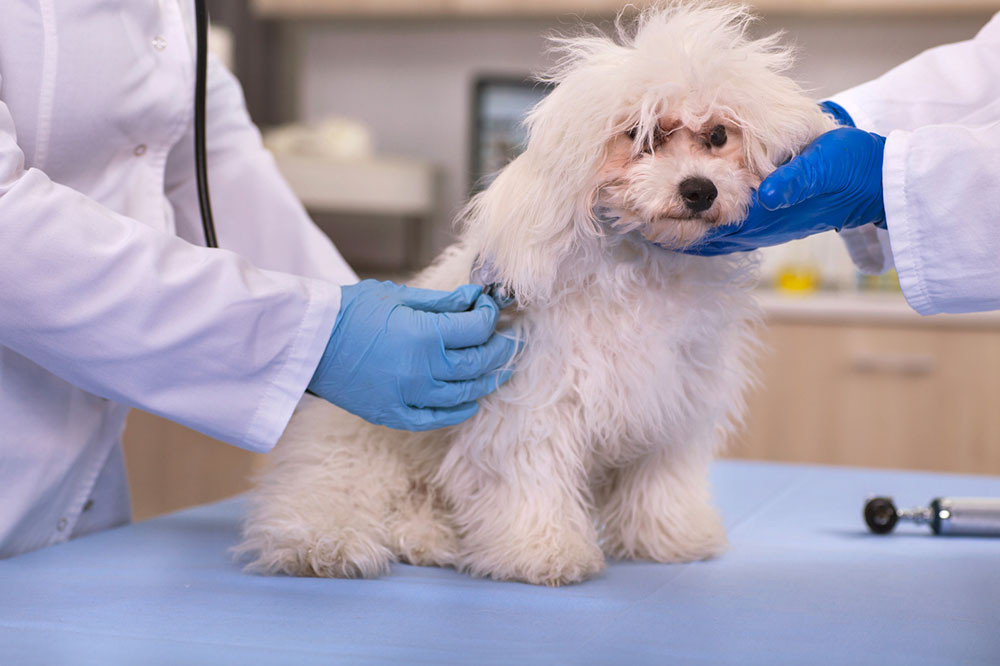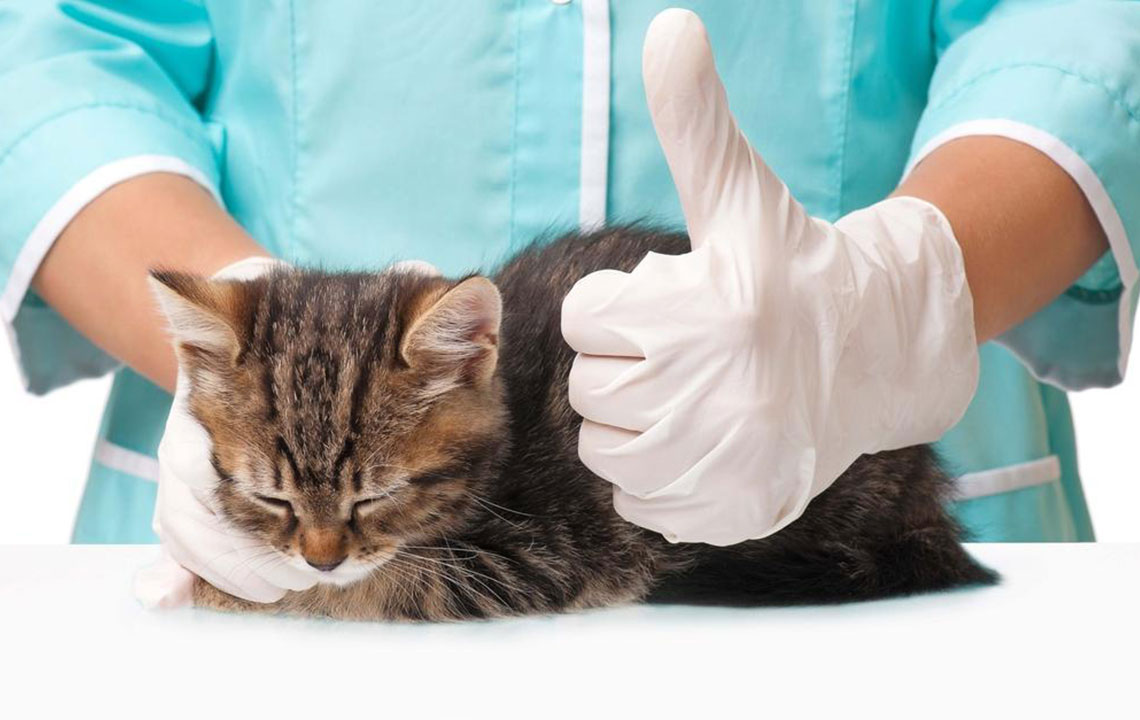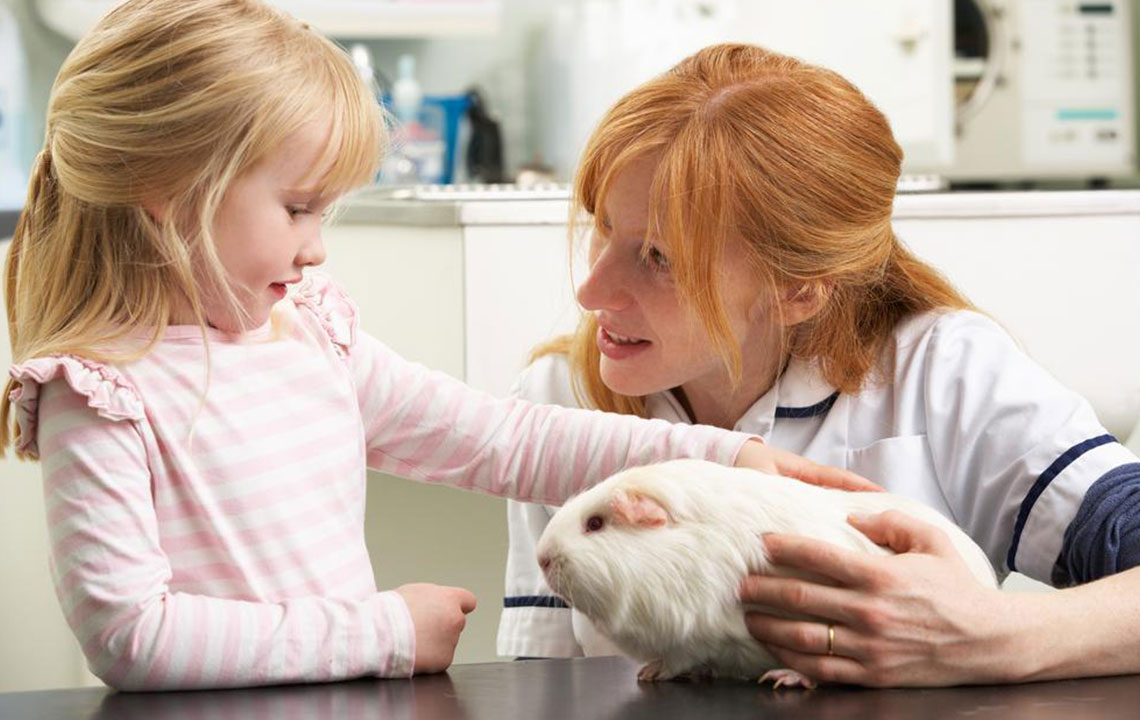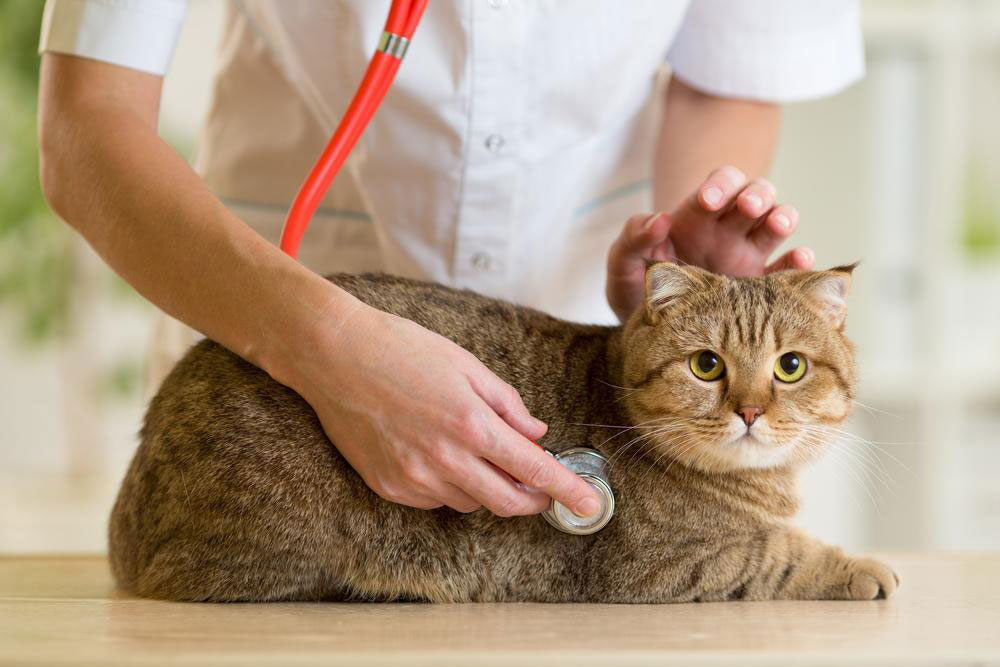Guide to Veterinary Education & Scholarship Opportunities
Discover top veterinary schools, admission requirements, and scholarship options to help fund your animal care career. Learn about practical training opportunities, program structures, and financial aid sources to support your education journey in veterinary medicine.

Guide to Veterinary Education & Scholarship Opportunities
Embarking on a career in animal healthcare requires dedication, patience, and a genuine love for animals. Those passionate about this field can pursue their goal by enrolling in veterinary programs. While options are limited in number nationally, top-tier schools offer excellent training, some with scholarship opportunities for aspiring vets.
Understanding Veterinary Schools
Most veterinary programs share similar admission criteria, but applicants should verify specific requirements with each institution. Some schools may require pre-veterinary experience or prerequisite courses in sciences and math during undergrad studies. Here are some leading veterinary schools in the country, along with nearby options for quality education.
University of Wisconsin – Madison, WI
This program offers a thorough curriculum incorporating practical training. In the final year, students complete rotations across specialties like large animal care, radiology, ambulatory, and anesthesia. Students can then choose focus areas such as equine, food animal, mixed, or small animal practice, tailoring their practical experience accordingly.
Ohio State University, Columbus, OH
Ohio State features a four-year program segmented into coursework and specialized practical rotations. Students declare their focus, including equine, food animals, lab animals, or small and exotic animals, usually by the end of their second year, with faculty guidance available throughout.
University of California – Davis
This four-year DVM program combines classroom instruction with extensive hands-on training. Students gain experience with diverse species including livestock, zoological animals, horses, and poultry, preparing them for varied career paths in veterinary medicine.
Cornell University, Ithaca, NY
Cornell’s curriculum integrates classroom learning with practical applications, including summer training and externships in the final year. Students also benefit from state-of-the-art facilities like The Tetlow and Roy Park Veterinary Innovation Lab, simulating real-world veterinary scenarios.
University of Pennsylvania, Philadelphia, PA
The program offers a four-year DVM plus opportunities for dual degrees like PhD or MBA. Students focus on practical rotations in their final year, choosing a concentration such as food animals, large animals, small animals, or equine practice early in their studies, with advising support throughout.
University of Georgia, Athens, GA
This university offers a similar dual-degree pathway with options for advanced degrees in environmental studies, business, or public health alongside the DVM. Students select their specialty focus by the end of their second year, emphasizing practical experience in their chosen area.
Cost of Veterinary Education
Tuition costs vary based on whether students attend public or private institutions and their residency status. The four-year total expense, including tuition, fees, and living costs, ranges from approximately $155,000 to $436,000, depending on the school.
Scholarship Opportunities
Financial assistance can ease the burden of veterinary studies. Prospective students should explore scholarship options via online searches, consult local veterinarians, or speak with alumni. Several organizations offer financial aid:
American Veterinary Medical Foundation (AVMF): Scholarships for students at AVMA-accredited schools nationwide and abroad.
American Holistic Veterinary Medical Association (AHVMF): Grants including $1500 for research and a $25,000 scholarship.
Pinki Promise Scholarship: Supports students balancing academic pursuits with caring for animal companions.









